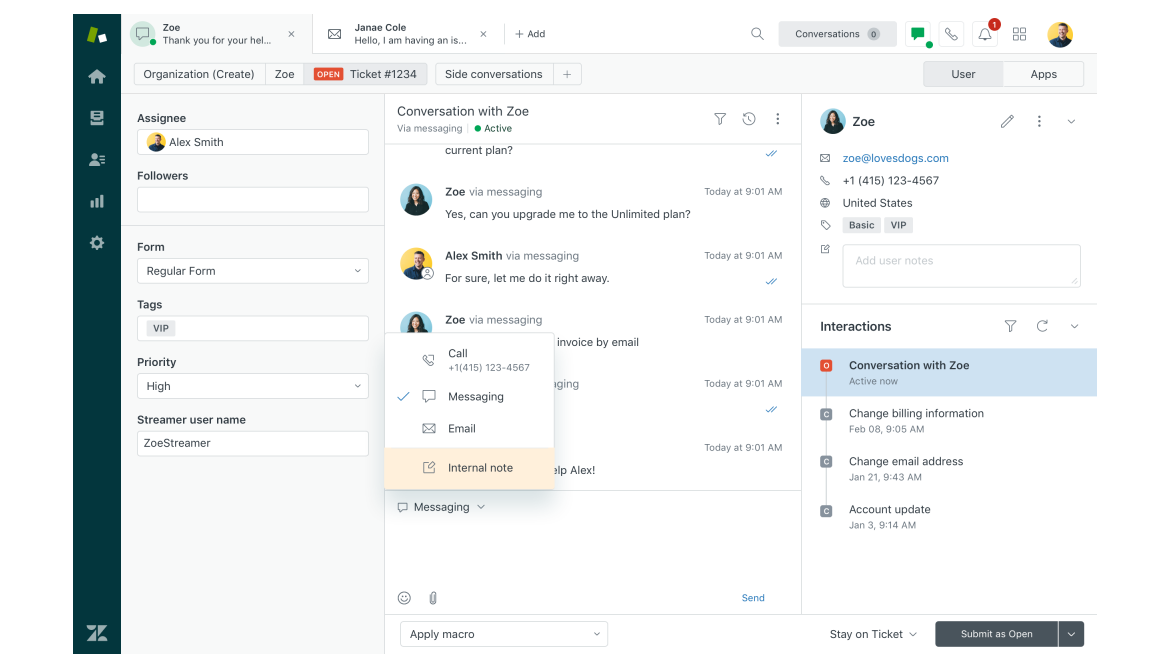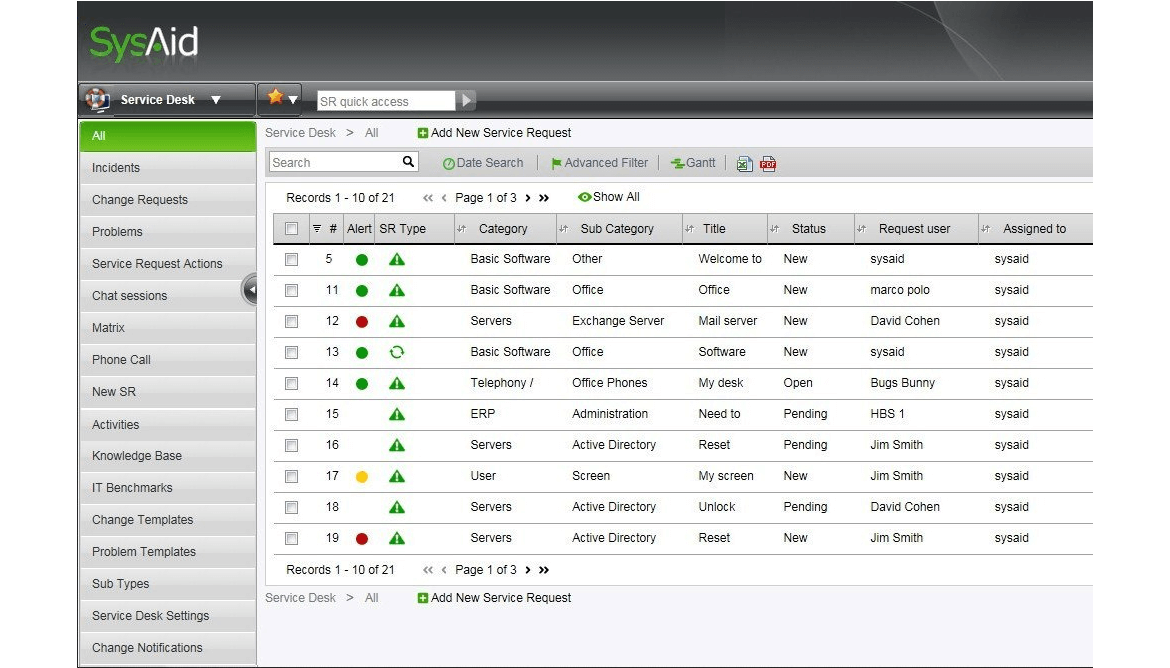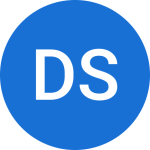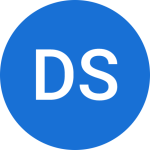If you’ve ever managed IT support, you know the struggle. Tracking requests gets messy. Responses are slow because everything’s manual. No one knows who’s doing what. And forget about prioritizing urgent issues—it’s chaos.
Been there? You’re not alone.
I feel choosing the right IT ticketing system can significantly improve how your IT team manages and resolves issues. Whether it’s tracking internal employee requests or addressing customer concerns, an effective ticketing system can help you streamline workflows, prioritize tasks, and ensure timely resolutions.
In this blog, I’ve compiled a list of the 10 best IT ticketing software that will help enhance your IT support capabilities, ensuring you stay on top of incidents and maintain operational efficiency.
Let’s get started!
What Is an IT Ticketing System Software?
An IT ticketing system is business software that equips support teams with all the features they need to resolve internal and external IT requests and incidents.
The ticketing system creates “tickets” for each issue or request, which contain important details like the problem description, priority level, and current status. These systems help IT teams prioritize, assign, and resolve issues efficiently, ensuring timely communication with users and a clear record of all activities.
Which Is the Best IT Ticketing System?
If you do not have time to read the entire blog, let me share my top 3 recommendations right away.
Option A: ProProfs Help Desk
ProProfs Help Desk offers a powerful solution loaded with IT ticket management features like ticket prioritization, labels, and canned responses. Its AI-powered features enhance user satisfaction, and self-service options like a knowledge base and customer portal empower users to find solutions independently.
Option B: Hornbill
Hornbill stands out with its self-service portal, codeless workflow designer, and AI-powered knowledge management, making it a great choice for organizations seeking to empower users and streamline IT processes. However, the tool does come with a steep learning curve.
Option C: Spiceworks
If you are a small IT team with basic requirements, you can consider Spiceworks. It is a free and open-source solution that offers basic ticketing, asset management, and network monitoring features. It may not be ideal for large businesses.
Top 10 IT Support Ticketing Systems You Can Consider
Whether it’s password reset requests or website downtime complaints, I’ve successfully handled thousands of IT issues in the past 7 years.
As a result, I decided to use my experience to create this comprehensive list of the best IT ticket systems. Feel free to explore each tool’s unique features and drawbacks.
1. ProProfs Help Desk – Best AI Help Desk for IT Ticketing & Customer Delight
ProProfs Help Desk is a free IT ticketing system that has been an integral part of my tool stack for the last 3 years.
With IT ticket management features like ticket prioritization, labels, and escalation rules, I can efficiently organize and manage incoming requests. The system also supports canned responses, allowing our IT support agents to reply quickly to common queries and reducing the time spent on repetitive tasks.
The best part is that ProProfs Help Desk incorporates AI-driven features like customer intent summary and response suggestions. These features analyze incoming tickets and suggest relevant responses, helping my team respond faster and more accurately.
ProProfs also supports self-service through its robust online knowledge base and customer portal. These resources empower users to find answers to common issues, reducing the number of incoming support requests and enabling IT teams to focus on more complex problems.
What you’ll like:
- Canned responses to share faster replies and reduce agent workload
- Customer portal to allow customers to track ongoing IT issues and submit new requests
- ProProfs Live Chat, Knowledge Base & CSAT for a complete solution
- Awesome human support 24/7 via phone, chat, and knowledge base
What you won’t like:
- Lacks an on-premise version
- The dark user interface option isn’t available
Pricing:
FREE for a single user. Plans start at $19.99/user/month.
2. Zoho Desk – Best for Contextual Support

Image Source: Zoho Desk
Zoho Desk excels at providing contextual support by seamlessly integrating with other Zoho apps and third-party tools, offering agents a holistic view of customer interactions and history.
I really like how the platform leverages AI through features like Zia, a virtual assistant, to automate tasks, suggest solutions based on past interactions, and analyze customer sentiment. This not only enhances agent productivity but also improves response times.
Also, Zoho Desk places a strong emphasis on customer satisfaction, providing tools such as happiness ratings, surveys, and customizable dashboards to track and elevate the customer experience.
What you’ll like:
- Contextual support can be offered by gaining a 360-degree view of customer interactions
- AI-powered automation to automate tasks and suggest solutions proactively
- Focus on customer satisfaction with happiness ratings, surveys, and customizable dashboards
- Multi-channel support to provide seamless communication across various channels
What you may not like:
- The platform’s reporting and analytics capabilities may not be as comprehensive as some competitors.
- The live chat feature is only available in the Enterprise plan
Pricing:
Starts at $14/user/month
3. Hornbill – Best for IT Self-Service Portal

Image Source: G2
While using Hornbill, my entire team was impressed with its robust self-service portal. Within a short span of time, the online portal empowered our customers to independently find solutions, submit requests, and track progress.
This self-sufficiency significantly reduced the burden on our IT support agents, allowing them to focus on more complex issues.
Hornbill further enhances its offering with advanced knowledge management capabilities, utilizing AI-powered search and auto-suggestions to facilitate quick and easy information retrieval for customers.
On the downside, the mobile application did not meet my expectations. It does not include all the advanced features available in the web interface.
What you’ll like:
- Robust self-service portal to empower end-users to find solutions and submit requests
- Codeless workflow designer enables IT teams to automate processes
- AI capabilities for intelligent search and auto-suggestions
- Multi-channel support with social media integration
What you may not like:
- The mobile app might not include all the advanced features available in the web interface
- New users may experience a slightly steeper learning curve compared to some simpler solutions
Pricing:
Custom pricing
4. Zendesk – Best for Large Organizations

Image Source: Getvoip.com
Zendesk is a highly scalable and customizable ticketing system for IT. So, if you are a large organization with complex support needs, I think you can consider Zendesk for your team.
Its extensive array of features and integrations allows businesses to tailor the system to their specific requirements and workflows, ensuring a perfect fit.
Zendesk’s robust reporting and analytics capabilities provide valuable insights into support performance, facilitating data-driven decision-making and continuous improvement.
However, the pricing is on the higher side, which makes Zendesk an unsuitable option for startups and small businesses on a budget.
What you’ll like:
- High scalability platform which adapts to the needs of large organizations
- Extensive integrations to seamlessly connect with various third-party tools
- Online community forums can be built to encourage self-service and reduce tickets
- Multi-brand support to efficiently manage multiple products or services under a single platform
What you may not like:
- The pricing can be substantial, particularly for smaller businesses or those with limited requirements
- Setting up and configuring Zendesk can be intricate, often requiring dedicated IT resources
Pricing:
Starts at $55/user/month
5. LiveAgent – Best for Chat-Based Support

Image Source: LiveAgent
If you are looking to support your IT end-users via live chat, I think LiveAgent can be a good bet.
LiveAgent excels in providing real-time, chat-based support. Notable features like proactive chat invitations and intelligent chat routing ensure efficient and personalized customer interactions.
It also offers built-in call center functionality, allowing agents to handle phone calls alongside chat and other channels, all within a unified platform.
Also, I’m sure you will like how LiveAgent incorporates gamification elements to motivate IT support agents and foster a positive and engaging work environment.
What you’ll like:
- Real-time chat support with features like chat invitations and intelligent chat routing
- Built-in call center provides a unified platform for handling phone calls alongside chat and other support channels
- Gamification features to motivate and engage agents
- Hybrid ticket stream to streamline ticketing and support management
What you may not like:
- The Small Business plan misses out on AI-powered features like AI answer assistant
- Offers fewer customization options compared to some competitors
Pricing:
Starts at $9/user/month (A free plan is available with limitations)
6. Help Scout – Best for Customer Conversations & Unified Platform

Image Source: Help Scout
While using Help Scout for over six months, it helped me effectively manage customer conversations through a combination of a shared inbox, collaboration tools, and a customer-centric interface.
Whether it was email, chat, or phone, it offered a unified platform for managing customer interactions across various channels.
Also, Help Scout incorporates a knowledge base and self-service features to empower customers and reduce IT ticket volume.
On the downside, I feel Help Scout lacks some advanced automation and reporting capabilities found in other solutions.
What you’ll like:
- Shared inbox to promote team collaboration and efficient communication
- Unified platform to centralize interactions from email, chat, and phone
- Self-service options to empower customers to find answers and solutions independently
- A library of response templates can be created for faster issue resolution
What you may not like:
- May lack some advanced automation and reporting capabilities found in other tools
- The Standard Plan misses out on AI-powered features
Pricing:
Starts at $22/user/month
7. Ivanti – Best for IT Asset Management

Image Source: Ivanti
Ivanti stands out for its robust IT asset management (ITAM) capabilities.
Its ticketing system for IT offers comprehensive asset discovery, inventory management, and software license tracking features. Ivanti seamlessly integrates its ITAM module with its service management module, enabling efficient asset tracking and management throughout their lifecycle.
I appreciate the platform’s automation features that streamline IT tasks such as patch management and software deployment, reducing manual effort and increasing productivity.
What you’ll like:
- Robust IT asset management with features like asset discovery and software license tracking
- AI-powered virtual assistants to reduce agent fatigue and workload
- Automation for IT tasks to streamline tasks like patch management and software deployment
- Self-service portal and knowledge base to empower users to find solutions and submit requests independently
What you may not like:
- The user interface may be perceived as complex and less intuitive
- Implementation and configuration may require significant IT resources
Pricing:
Custom pricing
8. SysAid – Best for AI-Powered ITSM

Image Source: A2IS
SysAid leverages the power of AI to enhance its IT service management (ITSM) capabilities.
I’m quite fascinated with AI features like intelligent ticket routing, automated solution suggestions, and predictive analytics that proactively address potential issues.
Besides this, SysAid also includes a chatbot to facilitate self-service and end-user support, improving response times and reducing agents’ workload.
To further enhance accessibility and efficiency, the platform provides a mobile app that allows IT support staff to manage tickets and access critical information on the go.
What you’ll like:
- AI-powered ITSM with features like intelligent ticket routing and predictive analytics.
- Chatbot to improve response times and reduce agent workload
- Mobile app to enable IT staff to manage tickets and access information remotely
- ITIL-aligned processes for streamlined and efficient IT service management
What you may not like:
- Many users may find SysAid’s user interface and dashboards quite outdated
- Reporting and analytics capabilities could be more robust
Pricing:
Custom pricing
9. Spiceworks – Best Open-Source Ticketing System for Small IT Teams

Image Source: Spiceworks
Spiceworks is a free and open-source IT helpdesk system that’s ideal for small IT teams operating with limited budgets.
I used Spiceworks extensively during my initial days as it was free and offered all the basic features my team needed. For instance, I found some features quite helpful—basic ticketing, asset management, and network monitoring features, which served as a solid foundation for managing IT support.
Also, the community-driven nature of Spiceworks offered us access to a vast user base for support and knowledge sharing.
On the downside, since it’s an open-source solution, there is no dedicated support team or data security measures. Also, frequent advertisements can be distracting for agents.
What you’ll like:
- Free and open-source makes it an attractive option for budget-conscious teams
- Basic ticketing and asset management functionalities for managing IT support and tracking assets
- Basic network monitoring capabilities for proactive issue identification
- Community-driven support for knowledge-sharing and troubleshooting assistance
What you may not like:
- Lacks a dedicated customer support team
- Due to its free pricing, the main interface includes advertisements
Pricing:
Spiceworks is free for all users.
10. SolarWinds Service Desk – Best for Network Monitoring With Built-In Ticketing

Image Source: SolarWinds Service Desk
SolarWinds Service Desk stands out by combining network monitoring and IT ticketing capabilities into a single platform.
This integration allows IT teams to proactively identify and address issues, streamlining incident management and reducing downtime.
I find the platform’s built-in automation and workflow features quite impressive. SolarWinds Service Desk’s reporting and analytics tools also provide valuable insights into IT performance and service levels, facilitating data-driven decision-making and continuous improvement.
What you ‘ll like:
- Network monitoring with built-in ticketing
- Automation and workflow capabilities to streamline incident management
- Asset management capabilities to ensure optimal usage of IT assets
- Real-time comments and status updates for improved internal collaboration
What you may not like:
- Setting up and configuring SolarWinds Service Desk can be complex and may require technical expertise
- Pricing may be relatively high compared to some competitors
Pricing:
Starts at $39/user/month
My Evaluation & Selection Criteria
The evaluation of products or tools chosen for this article follows an unbiased, systematic approach that ensures a fair, insightful, and well-rounded review. This method employs six key factors:
- User Reviews/Ratings: Direct user experiences, including ratings and feedback from reputable sites, provide a ground-level perspective. This feedback is critical in understanding overall satisfaction and potential problems.
- Essential Features & Functionality: The value of a product is ascertained by its core features and overall functionality. Through an in-depth exploration of these aspects, the practical usefulness and effectiveness of the tools are carefully evaluated.
- Ease of Use: The user-friendliness of a product or service is assessed, focusing on the design, interface, and navigation. This ensures a positive experience for users of all levels of expertise.
- Customer Support: The quality of customer support is examined, considering its efficiency and how well it supports users in different phases – setting up, addressing concerns, and resolving operational issues.
- Value for Money: Value for money is evaluated by comparing the quality, performance, and features. The goal is to help the reader understand whether they would be getting their money’s worth.
- Personal Experience/Expert’s Opinion or Favorites: This part of the evaluation criteria draws insightful observations from the writer’s personal experience and the opinions of industry experts.
Ready to Revolutionize Your IT Support?
An IT support ticketing system serves as the backbone of support operations, streamlining communication, automating workflows, and ensuring that every issue, big or small, is addressed promptly and effectively.
All the tools shared above are well-trusted and dominant players in the market. However, if you still want me to pick one, I would recommend ProProfs Help Desk. The tool’s AI-powered automation features, multichannel capabilities, and self-service knowledge base make it a one-of-a-kind. If you have more questions, feel free to explore this small FAQ section below.
FAQ
What are the three types of tickets in an IT ticketing system?
The three common types of tickets in an IT ticketing system are incident tickets (for system failures or bugs), service request tickets (for new services or access), and change request tickets (for updates or modifications to systems).
What are the key features of IT help desk ticketing software?
Key features include ticket prioritization and categorization, automation of workflows, multi-channel support, reporting and analytics, and integration with other IT tools for seamless issue resolution.
Why should you implement an IT ticketing system?
Implementing an IT ticketing system improves issue tracking, streamlines IT support processes, enhances communication, and ensures faster resolution times, leading to better service delivery and reduced downtime.
Watch:
How to choose the best IT ticketing system?
To choose the best IT ticketing system, consider factors like ease of use, scalability, customization options, integration capabilities with existing tools, and robust reporting features that fit your organization's needs.
 Tips
Tips
We’d love to hear your tips & suggestions on this article!
FREE. All Features. FOREVER!
Try our Forever FREE account with all premium features!


 We'd love your feedback!
We'd love your feedback! Thanks for your feedback!
Thanks for your feedback!







